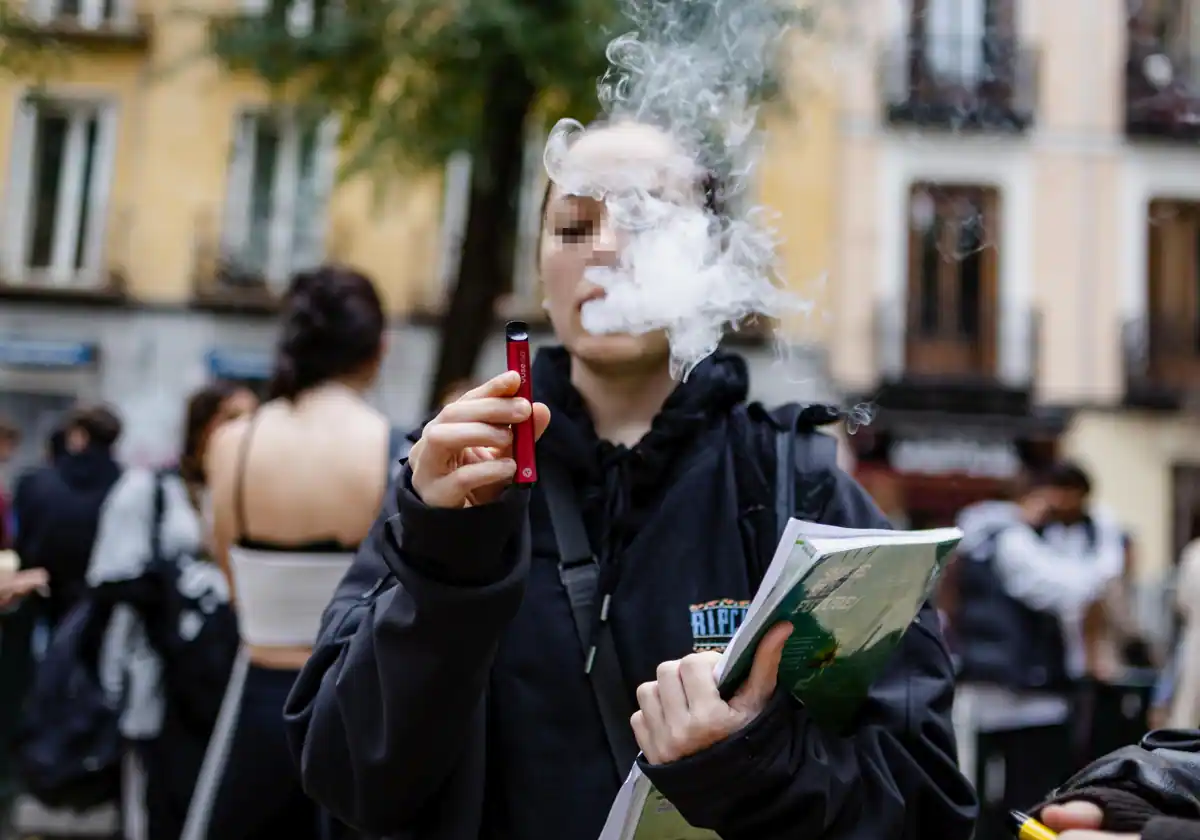Introduction
In recent years, vaping has surged in popularity among young people, surpassing traditional cigarette smoking, according to a new report coordinated by the University of Glasgow and commissioned by the World Health Organization (WHO). This trend is echoed by various studies, indicating a significant increase in youth vaping rates. From 2022 to 2023, the percentage of children experimenting with vaping rose from 7.7% to 11.6%, as revealed by a survey conducted by the anti-tobacco charity, Ash.
Motivations for Youth Vaping
The allure of vaping among adolescents stems from various factors, including curiosity, easy accessibility, enticing flavors, and the opportunity for social interaction. Many adolescents are drawn to vaping out of curiosity, influenced by pervasive marketing in both physical stores and online platforms. The availability of flavors ranging from fruity to confectionary further entices young users.
Effects on Adolescent Brain Development
Adolescence marks a critical period of brain development characterized by rapid growth and synaptic pruning. During this phase, brain regions associated with emotions and reward processing mature more quickly than those linked to impulse control and planning, potentially leading teenagers to engage in risky behaviors such as vaping.
Nicotine, a common component of vaping liquids, affects adolescents differently than adults due to the heightened sensitivity of their developing brains. Nicotine exposure during adolescence can disrupt neural circuits involved in learning and addiction, increasing susceptibility to substance abuse, risky behaviors, and mental health issues later in life.
Furthermore, even low levels of nicotine exposure can have lasting detrimental effects on adolescent brain function, impairing learning, concentration, and impulse control. Adolescents predisposed to conditions like asthma may experience heightened sensitivity to stress and mood disturbances with nicotine exposure, exacerbating respiratory symptoms.
Risks Associated with Vaping
Beyond nicotine addiction, vaping poses numerous hidden dangers to users. Vape liquids contain an array of chemicals, including toxins, heavy metals, and potentially radioactive polonium. The specific ingredients, their quantities, and the heating process can all influence the composition of vapor and its potential health impacts.
Some vaping devices may deliver higher levels of nicotine than expected, depending on the brand’s formulation. The extensive variety of appealing flavors, with over 7,000 options available on the market, is particularly concerning for adolescents. A 2023 study from the United States found that teenagers are especially drawn to fruit-flavored vapes.
However, these flavors can also harm lung health and contribute to serious conditions like popcorn lung or bronchiolitis obliterans. Additionally, concentrated flavorings in aerosol form may damage cells within the body.
Concerns have been raised by the Flavor and Extract Manufacturers Association, representing the flavor industry in the United States, regarding the safety of inhaling flavorings. Chemicals like diacetyl, used to impart a buttery flavor to food, may cause severe lung issues when inhaled. While major popcorn manufacturers have phased out diacetyl due to its association with bronchiolitis obliterans, it remains present in vaping products.
The nicotine extraction process from tobacco leaves can yield other chemicals like nornicotine and residues such as cotinine, which, if mishandled or stored improperly, can result in harmful impurities.
Even vape liquids marketed as nicotine-free may contain carcinogenic chemicals known as nitrosamines, further underscoring the risks associated with vaping.
Regulatory Measures and Future Considerations
Banning disposable vapes, as proposed in various countries including the United Kingdom, Belgium, France, and Spain, may not suffice to address the issue comprehensively. With over 400 vape brands already in circulation, a broader approach is warranted.
This comprehensive strategy should encompass stringent penalties for adults purchasing vapes on behalf of minors, prominent health warnings both online and in stores akin to those on cigarette packages, and restrictions on youth-targeted flavors. Additionally, rigorous age verification protocols for all vape sales and regulations covering not only nicotine content but also ingredients and packaging of nicotine-free vapes are imperative.
Continuous monitoring of product safety is vital, especially in light of legal loopholes exploited by unscrupulous companies offering nicotine-free vape samples to children.
Individuals considering vaping as a smoking cessation aid should aim to quit vaping entirely, rather than merely substituting one habit for another. Vaping is not without risks for non-smokers and can have adverse health effects, particularly among youth.
Conclusion
In conclusion, the rising prevalence of vaping among youth poses significant public health challenges, with implications for adolescent brain development and long-term well-being. Efforts to curb this trend must encompass robust regulatory measures, targeted interventions, and comprehensive education initiatives to safeguard the health of young people and mitigate the risks associated with vaping.

